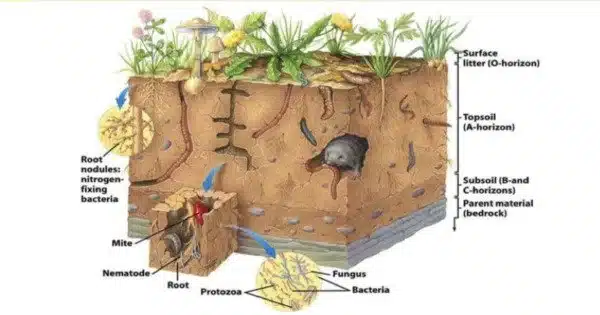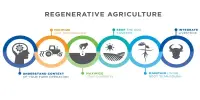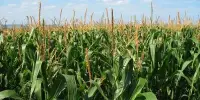The phrase “soil biomantle” often refers to the uppermost layer of soil that is influenced by living organisms and their activities. It can be described and characterized in numerous ways. Simply put, the soil biomantle is the organic-rich, bioturbated upper layer of the soil, including the topsoil, where the majority of biota live, reproduce, die, and are digested. This layer is often high in organic matter and is critical for plant growth and other ecosystem activities. The biomantle is thus the upper zone of soil that is primarily a result of organic activity and in which bioturbation is the major process.
Soil bioturbation is divided into three categories: faunalturbation (animal burrowing), floralturbation (root growth, tree uprooting), and fungiturbation (mycelial growth). All three processes encourage soil parent material destratification, mixing, and, in many cases, particle size sorting, all of which contribute to the creation of soil and its horizons. While the term “bioturbation” refers primarily to these three mixing processes, it is often used interchangeably with “faunalturbation.”
Here are some key aspects of the soil biomantle:
- Organic Matter: The soil biomantle is distinguished by the presence of organic matter produced from decomposing plant and animal components. This organic matter improves soil fertility by giving necessary nutrients to plants and fostering a varied variety of soil microbes.
- Microbial Activity: Bacteria, fungus, and other microorganisms are essential components of the soil biomantle. They are involved in processes such as nutrient cycling, organic matter breakdown, and soil structure creation.
- Root Systems: Plant roots penetrate the soil biomantle to obtain nutrients and anchor plants. The interaction of plant roots with soil organisms helps to maintain the soil’s overall health and fertility.
- Soil Structure: The activities of soil organisms, along with the presence of plant roots, contribute to the formation and maintenance of soil structure. Soil structure affects water infiltration, root penetration, and the overall ability of the soil to support plant growth.
- Biogeochemical Cycling: The soil biomantle is a dynamic ecosystem that supports biogeochemical processes. Nutrients including nitrogen, phosphorous, and carbon are cycled through numerous biological and chemical processes, impacting their availability for plant absorption.
Understanding the soil biomantle is critical to sustainable agriculture and ecosystem management. It emphasizes the interdependence of living creatures, organic matter, and physical processes in the upper layer of soil, emphasizing the significance of soil health for productive and resilient ecosystems.
















